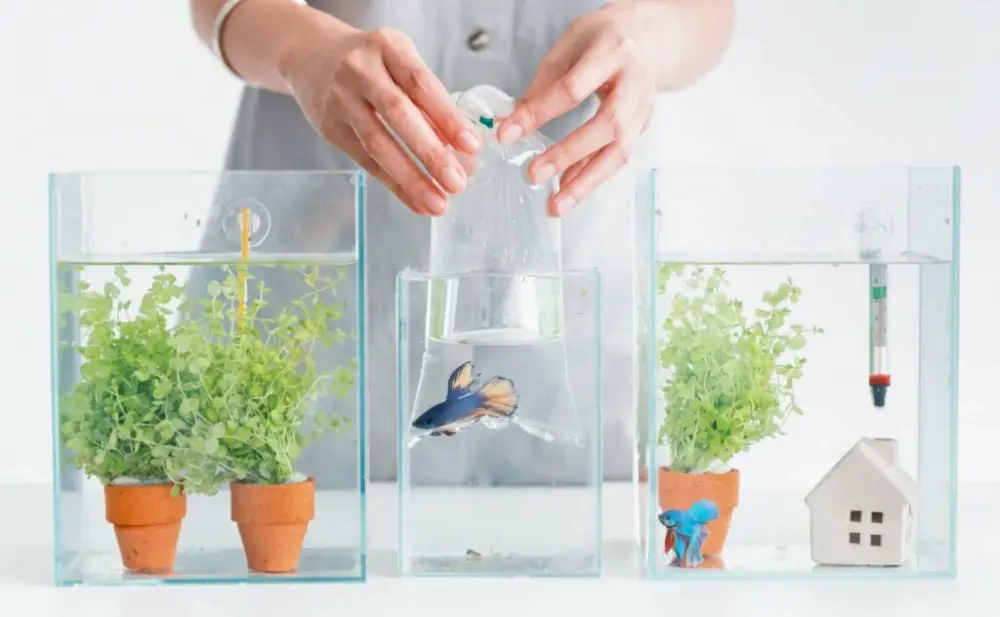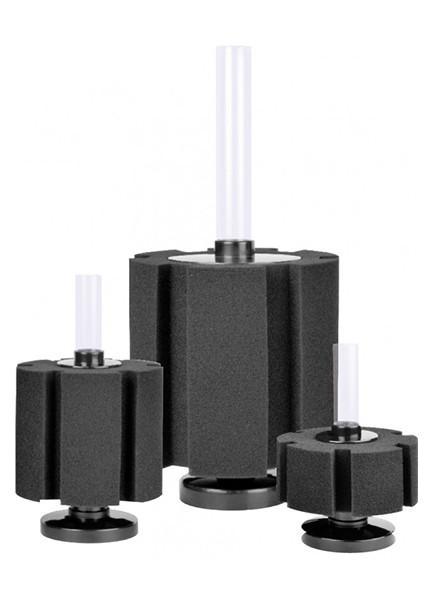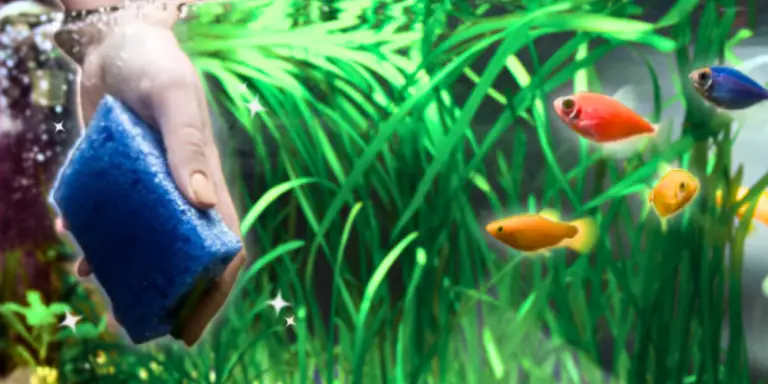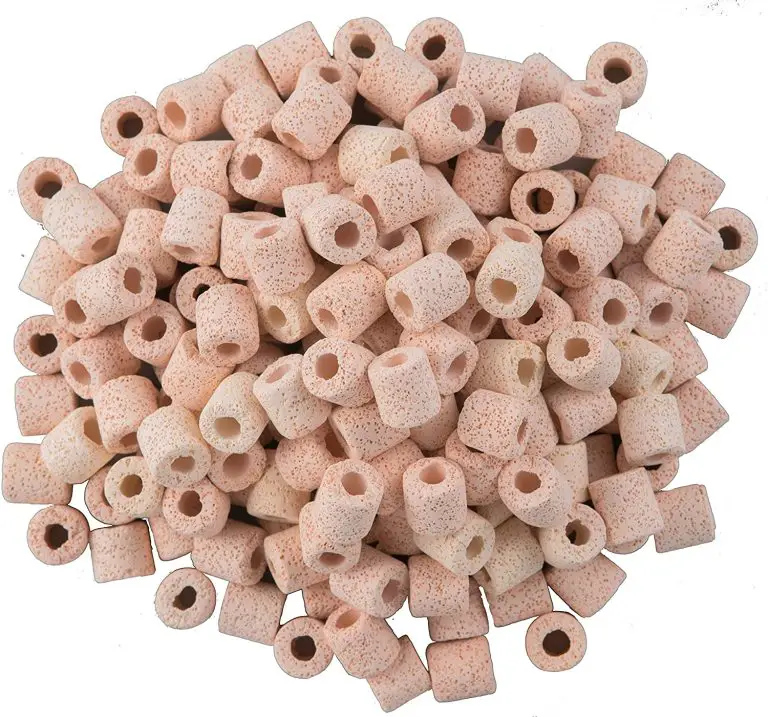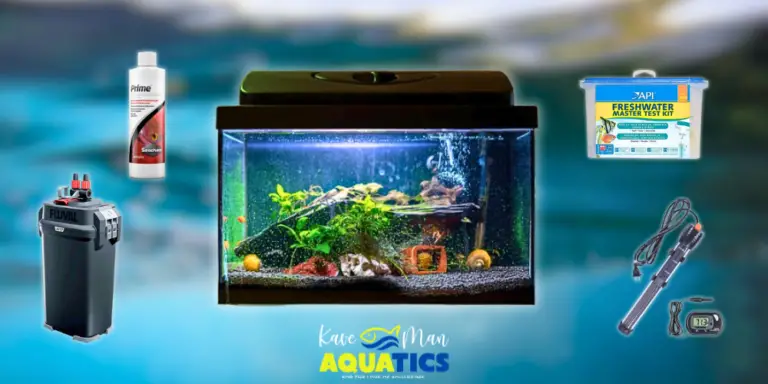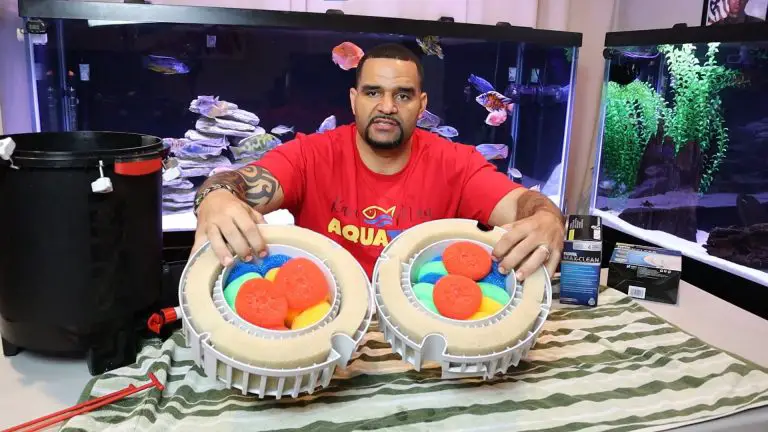Adding New Fish to Your Aquarium
Introducing new fish to your aquarium isn’t just about adding them and hoping for the best. It’s a delicate process, like welcoming new members into a family. Taking a systematic approach and acclimating new fish properly is key. Not only does it ensure the health and well-being of the newcomers but also maintains the harmony among your existing aquatic buddies. Let’s dive into the step-by-step guide to make this introduction as smooth as swimmingly possible!
Step 1 — Prepare Quarantine Tank
Set up a separate quarantine tank to observe and acclimate new fish for a few weeks before introducing them to your main tank. Think of it as a temporary home where your new fish can acclimate without affecting your main tank’s ecosystem. It’s a cozy spot to observe them closely for any signs of illness before they join the community.
Equip it with similar water conditions and essentials like a filter and heater. This separate space not only safeguards your established aquarium but also ensures your newcomers receive any necessary treatment or time to adjust before their grand entrance.
Step 2 — Research New Fish Species
This step is all about getting to know your potential new finned friends. Research the specific needs, behavior, and compatibility of the fish you plan to introduce. Understanding their social behaviors, preferred tank conditions, and diet requirements is crucial.
Ensure their compatibility with your existing tank inhabitants to maintain a harmonious environment. This step not only prevents potential conflicts but also allows you to tailor the tank conditions before introducing them, making the acclimation process smoother for your new buddies.
Step 3 — Quarantine Period

Place the new fish in the quarantine tank. It’s like a health checkpoint before they join the main tank party. Quarantining new fish in a separate tank for a few weeks helps prevent any potential diseases or parasites from spreading to your established aquarium.
During this period, observe your newcomers for any signs of illness or stress, ensuring they eat and behave normally. It’s a proactive step that gives you time to address any health issues before integrating them into your main tank, safeguarding the health of your existing aquatic buddies.
Step 4 — Acclimation Process
When the quarantine period is over, perform a gradual acclimation to the main tank. This is where they get to familiarize themselves with the water conditions in your tank. It’s like a slow introduction. Float the bag containing the new fish in the tank for about 15 to 20 minutes to equalize the temperature.
Then, gradually add small amounts of tank water to the bag over time. This helps them adjust to the tank’s water parameters, reducing shock and stress. After this process, gently release the fish into the tank, ensuring a smooth transition to their new home.
Step 5 — Water Parameter Adjustment
Gradually add small amounts of main tank water into the quarantine tank every 10-15 minutes. This helps new fish adapt to the main tank’s water parameters. It’s crucial to ensure that the water parameters are stable and suitable for the new fish. Check the tank’s temperature, pH and other relevant parameters to match the needs of the new additions.
Monitor these parameters closely for the next few days to ensure they remain stable. Slight adjustments may be needed, but be cautious not to make drastic changes, as it could stress the fish. Maintaining stable and optimal water conditions helps the new fish settle comfortably into their new environment, reducing stress and health complications.
Step 6 — Introduction to the Main Tank

It’s time for the grand introduction! After the quarantine period and acclimation, gently introduce the new fish to the main tank. Use a net to gently transfer the fish from the quarantine tank to the main tank. Turn off the tank lights to minimize stress and carefully release them into their new home. Observe their behavior closely, ensuring that existing tank inhabitants don’t show signs of aggression.
Keep a watchful eye for a while as the new fish explore their surroundings. Provide hiding spots and let them settle in at their own pace. Minimizing stress during this process is crucial, so avoid overcrowding or adding multiple new fish at once. Remember, patience is key as they adjust to their new environment.
Step 7 — Post-Introduction Observation
Your role — vigilant observer! After introducing the new fish, continue to monitor their behavior closely. Keep an eye out for signs of stress or aggression among the tank inhabitants. Check for any changes in swimming patterns, feeding habits, or visible signs of distress.
Ensure everyone’s getting along by providing adequate hiding spots and maintaining a stress-free environment. It’s common for fish to take some time to adjust, so patience is key. If you notice any issues, be prepared to take action promptly. Regular observation in the initial days after introducing new fish helps ensure a harmonious tank community.
Step 8 — Further Monitoring and Adjustments
Keep your tank on your radar even after the initial acclimation period. Continue routine checks on water parameters to ensure they remain stable. Observe how your new fish integrate into the tank community over the next few weeks. Sometimes, even seemingly harmonious tanks may need minor adjustments.
If any issues arise, consider rearranging decorations or adding more hiding spots to alleviate stress. Also, be ready to make gradual changes to the tank environment if necessary. By maintaining a watchful eye and making slight tweaks as needed, you’ll help your new fish settle comfortably into their new aquatic home.
Step 9 — Regular Tank Maintenance
After introducing new fish, maintaining a regular tank care routine is crucial. Continue to perform regular water tests and monitor the overall health of your aquarium inhabitants. Consistent maintenance ensures a healthy environment, especially critical when integrating new fish. Keep up with water changes, filter maintenance, and gravel vacuuming to sustain optimal water conditions.
This routine upkeep supports the adjustment of the new fish and contributes to the harmony of your tank community. Remember, a well-maintained aquarium sets the stage for happy and healthy aquatic life.
Step 10 — Enjoy and Maintain

Once your new fish have acclimated and integrated into the tank, it’s time to enjoy the rewards of your efforts! Take pleasure in observing your fish, noting their behaviors, and witnessing their interactions with the existing community. While enjoying this, continue to maintain your tank regularly. Stick to your routine water changes, feeding schedules, and general upkeep.
Remember, maintaining a healthy aquarium is an ongoing process. Stay proactive in monitoring water parameters and ensuring a clean and stable environment for your aquatic friends. With consistent care and observation, you’ll foster a thriving aquatic ecosystem and a delightful fish-keeping experience.
Dive Deeper into Fishkeeping With Aquabuildr!
Congratulations on successfully adding new fish to your aquarium! To continue your journey in fishkeeping excellence, explore Aquabuildr — the ultimate companion for aquatic newbies and enthusiasts.
With its intelligent algorithm, Aquabuildr simplifies tank setup, offering personalized recommendations for compatible fish based on crucial parameters. Whether you’re a beginner or an experienced hobbyist, Aquabuildr’s user-friendly app provides a seamless experience, allowing you to create, customize, and maintain your aquarium effortlessly.
Download the app from the Google Play Store or Apple App Store for FREE, and embark on a fishkeeping adventure like never before!
Adding New Fish to Your Aquarium
Dive into fishkeeping success! Discover step-by-step tips for adding new fish to your aquarium, ensuring a smooth acclimation process.

